7 Tips to Know About Top Things to Know Before Buying Unique House Plants
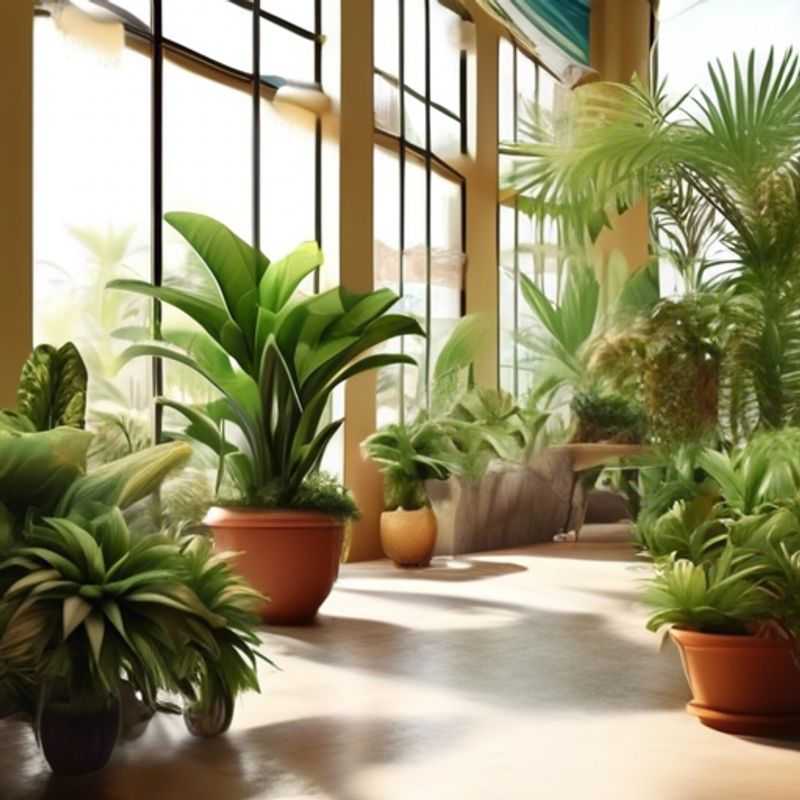
7 Tips to Know Before Buying Unique House Plants: Research Care Requirements, Sunlight & Humidity Needs, Home Environment Compatibility, Toxicity Concerns, Inspect for Pests, Pot Size & Soil, and Mature Size
Looking to bring a touch of nature indoors with a unique houseplant?
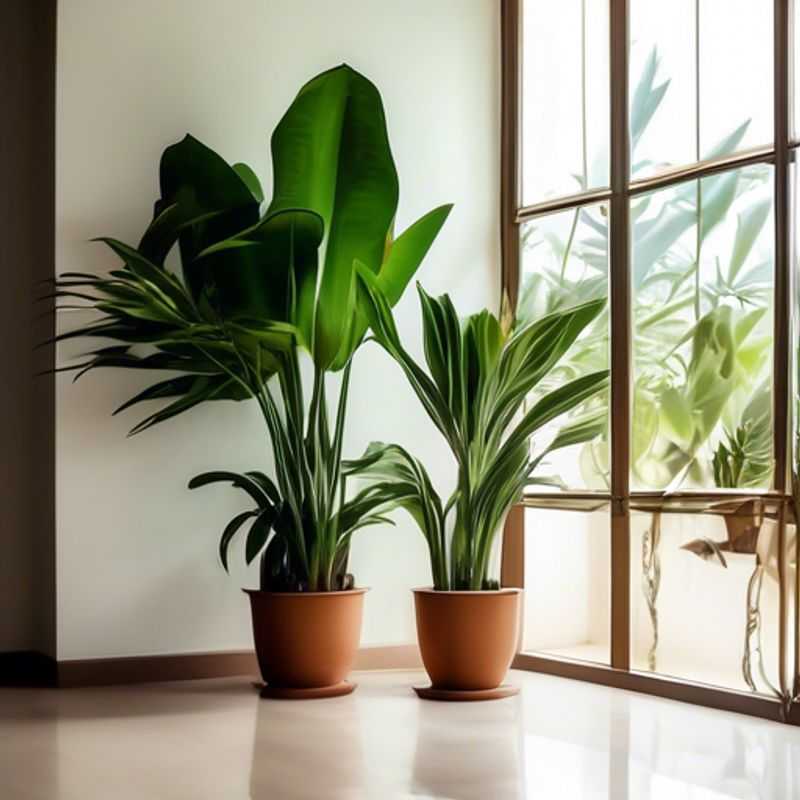
Know Your Green Friend: Researching Plant Care Requirements
Understanding your plant's specific care needs is crucial for its health and longevity. Researching these requirements can be simplified by following a few key steps.
First, identify the plant species. This can usually be done by visual identification, but if unsure, consider utilizing online resources like plant identification apps or consulting a local nursery.
Second, once identified, research the plant's native habitat. This provides valuable insights into its ideal growing conditions, including sunlight, temperature, and humidity preferences.
Third, understand the plant's watering needs. Some plants prefer moist soil while others thrive in drier conditions. Proper watering techniques are vital to prevent overwatering or underwatering.
Fourth, consider soil type. Some plants require specific soil compositions, such as acidic or alkaline soils. This information can be easily found online or in gardening books.
Finally, explore the plant's fertilization requirements. Most plants benefit from occasional fertilization, but the type and frequency will vary depending on the species.
Remember that this is a general guide, and the specific care requirements for each plant may differ. Refer to reliable sources like gardening websites or books for detailed information on your chosen plant species.
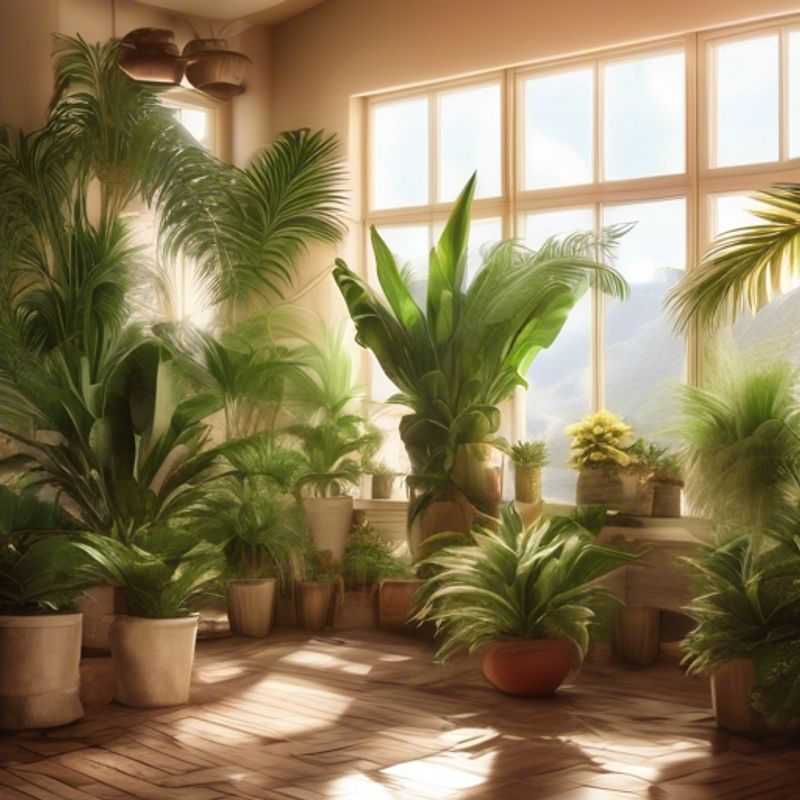
Sunlight, Water, and Humidity: The Three Pillars of Plant Success
Understanding the optimal conditions for your plants, including sunlight, water, and humidity, is crucial for their growth and health.
Sunlight: Plants require varying amounts of sunlight, with some thriving in full sun, while others prefer shade. Water: Different species have different watering needs, so it's important to research the appropriate frequency and amount for your plants. Humidity: Many plants thrive in humid environments, while others prefer dry conditions. You can increase humidity by placing a humidifier near your plants or grouping them together.
Providing the right amount of sunlight, water, and humidity ensures that your plants have the optimal environment to flourish.
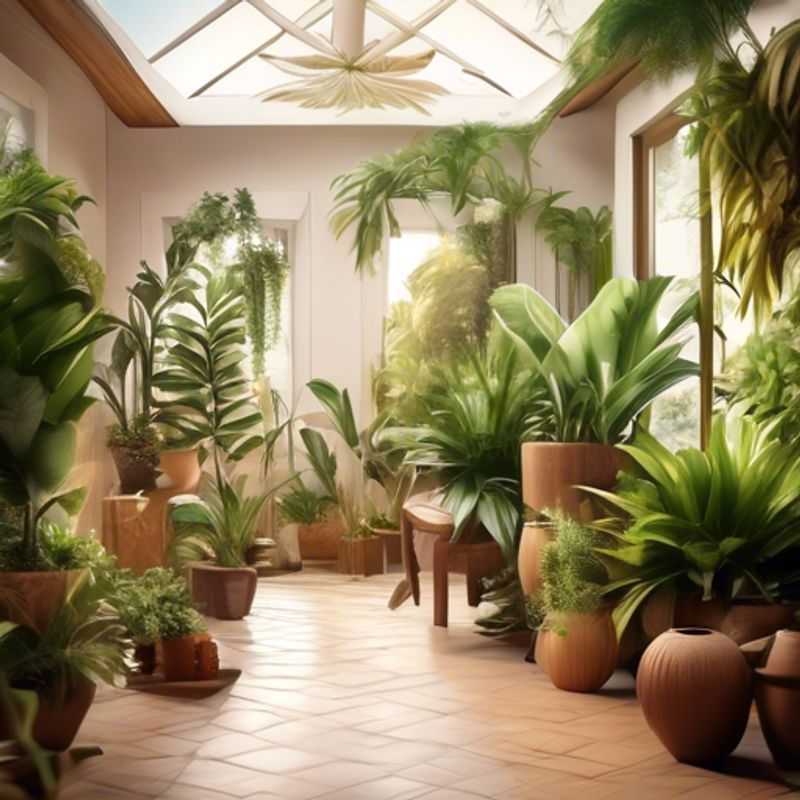
Choosing the Right Plant: Making Sure It Thrives in Your Home
Bringing a new plant home is exciting! But before you do, it’s vital to make sure it’s compatible with your home environment. This ensures your new green friend thrives. The most important factors are light, water, temperature, and humidity.
First, assess the amount of sunlight your home gets. Most plants need bright, indirect light. Some tolerate low light, while others need direct sun. Match your plant to your home's light conditions.
Second, consider your watering habits. Some plants need frequent watering, while others prefer to dry out between waterings. Choose a plant that fits your watering routine.
Third, think about your home's temperature. Plants have ideal temperature ranges. Don't place a tropical plant in a drafty room.
Finally, consider humidity. Some plants need high humidity. If your home is dry, you may need to mist your plant or place it on a pebble tray.
By matching your plant to your home environment, you'll enjoy its beauty for years to come. Remember, you can find more information on plant care online. Good luck with your new plant!
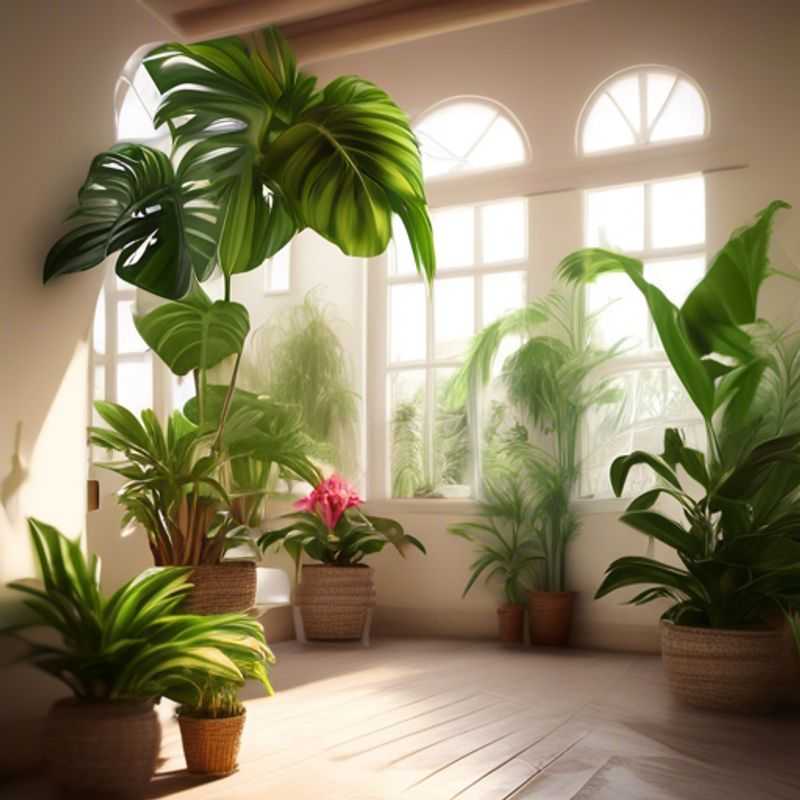
Pet Safety First: Checking for Toxicity Concerns
Many common household items can be toxic to pets. It's crucial to be aware of potential dangers and keep them out of reach. Always consult your veterinarian if you suspect your pet has ingested something toxic.
Here are some common toxic substances to be aware of:
Human medications: Even small amounts of medications like ibuprofen, acetaminophen, and aspirin can be fatal to pets. Keep all medications in secure, child-proof containers.
Cleaning products: Many cleaning products contain chemicals that can be harmful to pets. Store them out of reach and use pet-safe cleaning products when possible.
Pesticides and herbicides: Always use these products cautiously and follow label instructions carefully. Keep pets away from treated areas until they have dried thoroughly.
Chocolate: Chocolate contains theobromine, which is toxic to dogs and cats. Keep all chocolate out of reach.
Grapes and raisins: Grapes and raisins can cause kidney failure in dogs. Keep these foods away from your pet.
Onions and garlic: These contain compounds that can cause anemia in dogs and cats.
Alcohol: Even small amounts of alcohol can be toxic to pets. Never give your pet alcohol.
Plants: Many common houseplants are toxic to pets. Research the toxicity of any plants you bring into your home. The ASPCA website has a comprehensive list of toxic plants.
Batteries: Button batteries, commonly found in remote controls and toys, can be extremely dangerous if ingested. Seek immediate veterinary care if your pet swallows a battery.
Food scraps: Be mindful of what you feed your pet. Keep kitchen counters and trash cans out of reach and always wash dishes thoroughly.
In case of ingestion: Contact your veterinarian or the ASPCA Animal Poison Control Center immediately if you suspect your pet has ingested something toxic. The ASPCA Poison Control Center can be reached at (888) 426-4435.
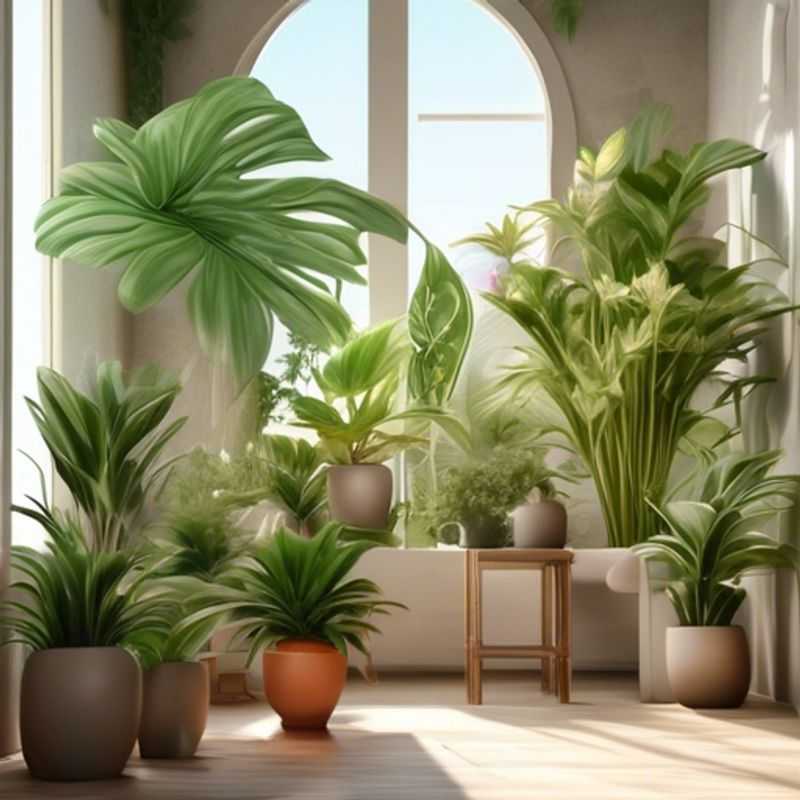
Spotting Trouble: A Guide to Thorough Plant Inspections
Regularly inspecting your plants for pests and diseases is crucial for maintaining their health and vigor. This simple yet essential practice can prevent minor issues from escalating into major problems, saving you time, effort, and potentially, your beloved plants. Here's a quick guide to help you get started:
Visual Inspection: A thorough visual inspection is your first line of defense. Look closely at all parts of the plant, including the leaves, stems, flowers, and roots (if accessible). Pay particular attention to:
Leaves: Look for any discoloration, spots, holes, webbing, or distorted growth. These could indicate the presence of insects, fungal diseases, or nutrient deficiencies.
Stems: Inspect the stems for any unusual growths, lesions, or wilting. These could signify fungal infections, bacterial diseases, or insect infestations.
Flowers: Check for any signs of damage or wilting. These could be symptoms of pests or diseases affecting the reproductive parts of the plant.
Roots: If you can access the roots, examine them for any signs of rot, discoloration, or insect activity. Root problems can often lead to overall plant decline.
Pest Identification: If you suspect a pest infestation, try to identify the specific pest. This will help you determine the most effective control measures. Use a magnifying glass or online resources to assist with identification.
Disease Identification: If you suspect a disease, note the specific symptoms. Some diseases can be identified by their characteristic symptoms. Again, online resources can be helpful for disease identification.
Action Plan: Once you have identified a problem, take immediate action. This may include isolating the infected plant, removing affected parts, or applying appropriate pesticides or fungicides. Follow the instructions on the product label carefully.
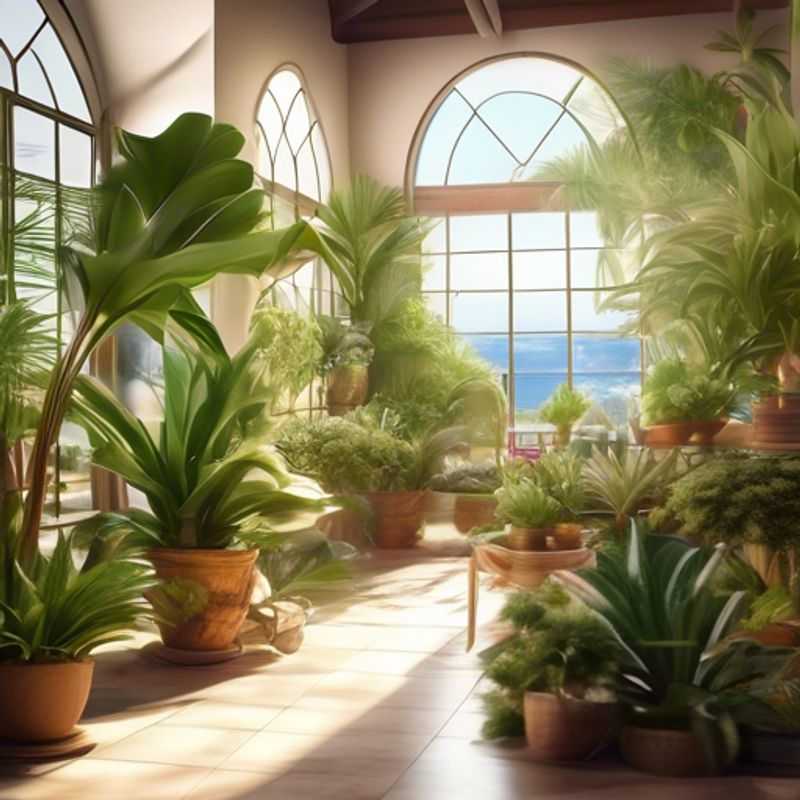
Finding the Perfect Home: Choosing the Right Pot and Soil for Your Plant
Choosing the right pot size and soil is crucial for your plant's health and growth. Think of it like choosing the perfect home for your green friend!
For pot size, go for one that's just slightly larger than the plant's root ball. Too big a pot can lead to waterlogging, while a too-small one restricts growth.
When it comes to soil, select a well-draining mix. Drainage is key to preventing root rot! Look for a mix specifically designed for your plant type. For instance, cacti need a well-draining mix, while ferns prefer a richer, moister one.
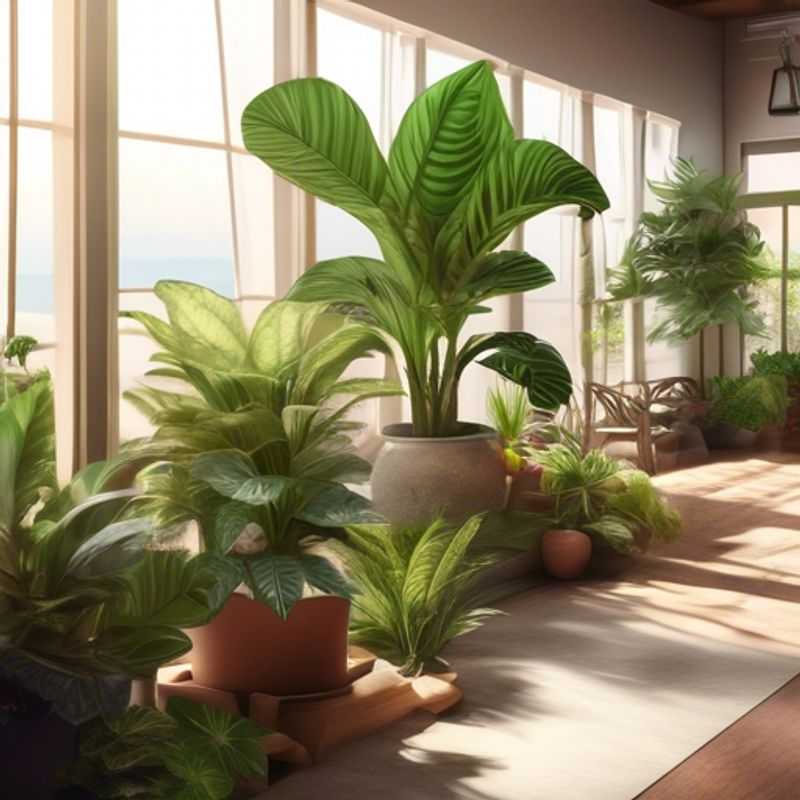
Planting with a Plan: How to Choose the Right Location Based on Mature Size
Before planting, considering the mature size of your plant is crucial. It helps prevent overcrowding, root damage, and ensures your plant thrives in its chosen space. This is especially important for trees and large shrubs, as they can grow significantly over time.
Visualize the space your plant will occupy once it reaches its full size. Use measuring tapes, online resources, and plant labels to estimate the width, height, and spread. Consider nearby structures, walkways, and power lines.
Think about the long-term impact on your landscape. Will the mature plant provide shade, privacy, or a visual focal point? These factors will influence your choice of location and help you avoid future adjustments.
Don't hesitate to seek advice from gardening professionals or consult online plant guides for information on mature size. It's a small investment that can save you a lot of trouble and potential damage in the long run.
